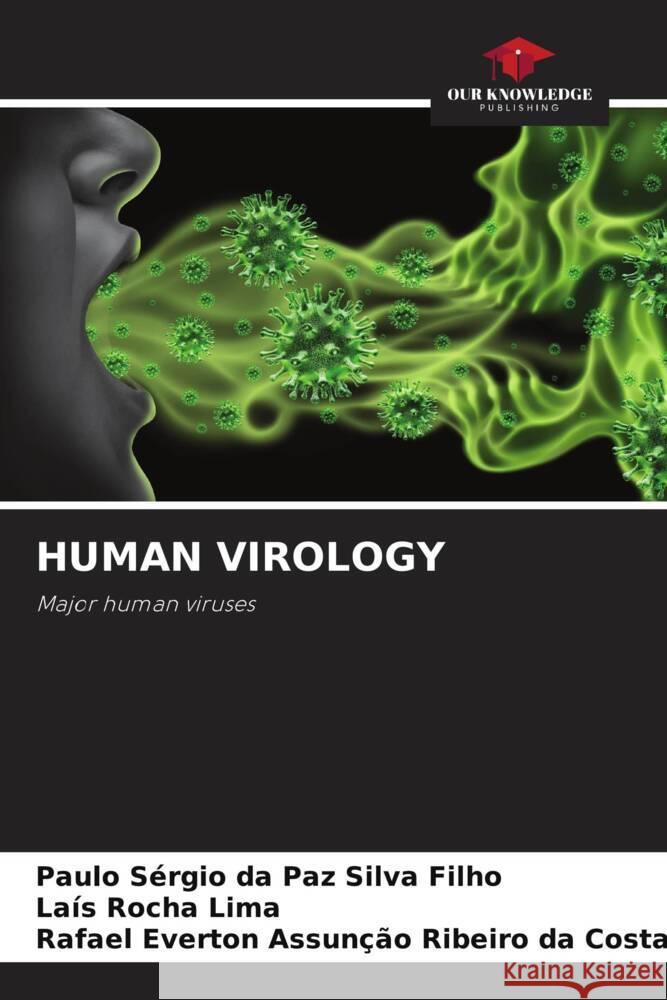HUMAN VIROLOGY » książka
HUMAN VIROLOGY
ISBN-13: 9786204511382 / Angielski / Miękka / 208 str.
Viruses (from Latin virus, "poison" or "toxin") are small infectious agents, most of them 20-300nm in diameter. Viruses are microorganisms that cause various diseases, are considered obligate intracellular parasites, are acellular organisms, have no metabolism of their own, and have no organelles. When they parasitize a cell, they induce the production of viral genetic material and proteins, controlling the cellular metabolism. Viruses are acellular organisms, and their structure is composed of proteins and nucleic acid. The protein forms an envelope called capsid, which is formed by several capsomeres and can be used as a way of classifying viruses. According to the viral symmetry, we can classify them as icosahedral, helical, and complex.When parasitizing a human cell, viruses can trigger various diseases (viruses). These can be easy to treat, as is the case with a cold, or have no cure, as is the case with AIDS. Examples of viral diseases are dengue, hepatitis, AIDS, rabies, chickenpox, smallpox, rubella, and Ebola,











